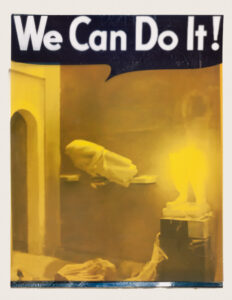

Untitled (Various Small Destructions)
ca. 2019
Acetate, laser copy transfer, gouache
9 x 12 in.
© QAYSI


Untitled (Various Small Destructions)
ca. 2019
Acetate, laser copy transfer, gouache
9 x 12 in.
© QAYSI
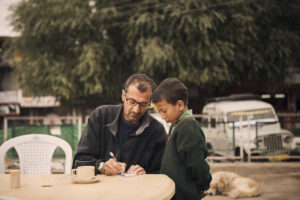



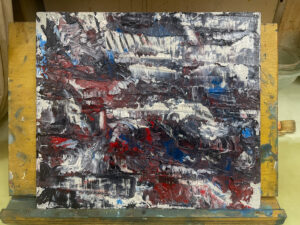
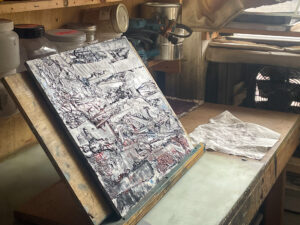
Achieving the ideal paint consistency can be challenging due to several factors, including the type of oil, pigment concentration, temperature, humidity, mixing methods, dilution, and the painting surface. If oil paint isn’t used within a week, it may develop a skin, which can lead to additional complications.

I had been working on this piece without a clear sense of where it was going. I kept adding elements, unsure if I was moving forward or just circling the idea. It started on canvas, then I mounted it on a panel I’d previously used for something else. At one point, I thought about scraping it entirely. But today, it felt done.
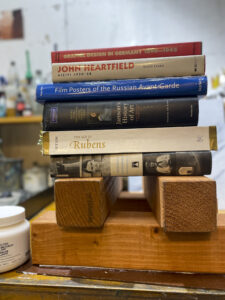

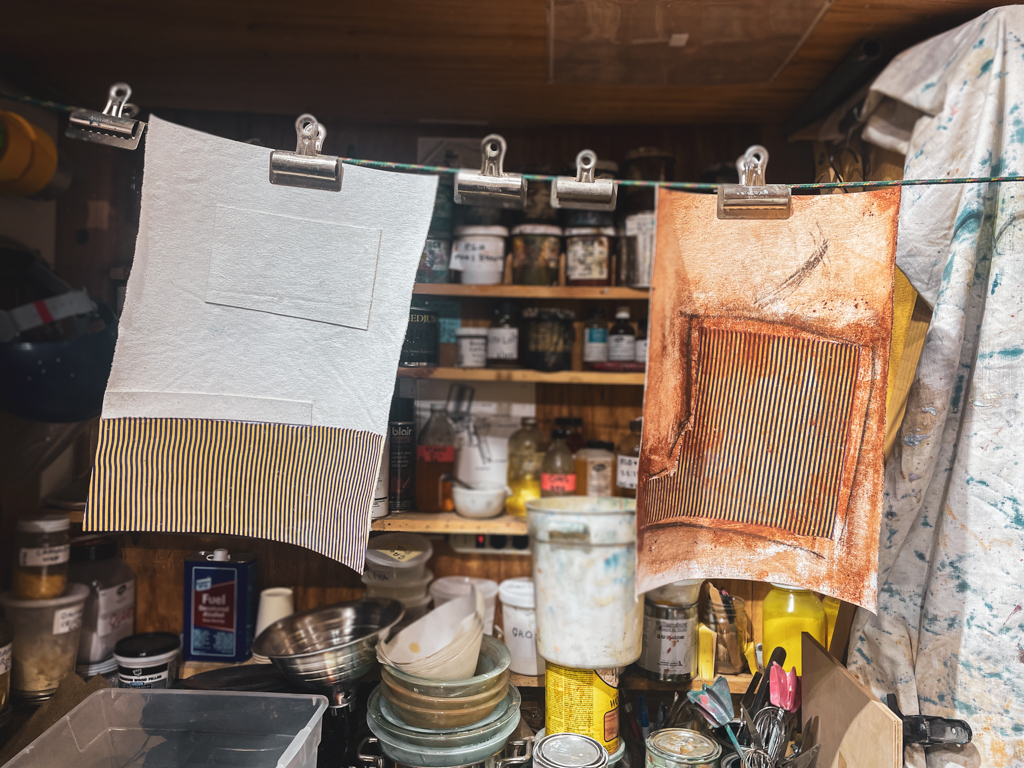
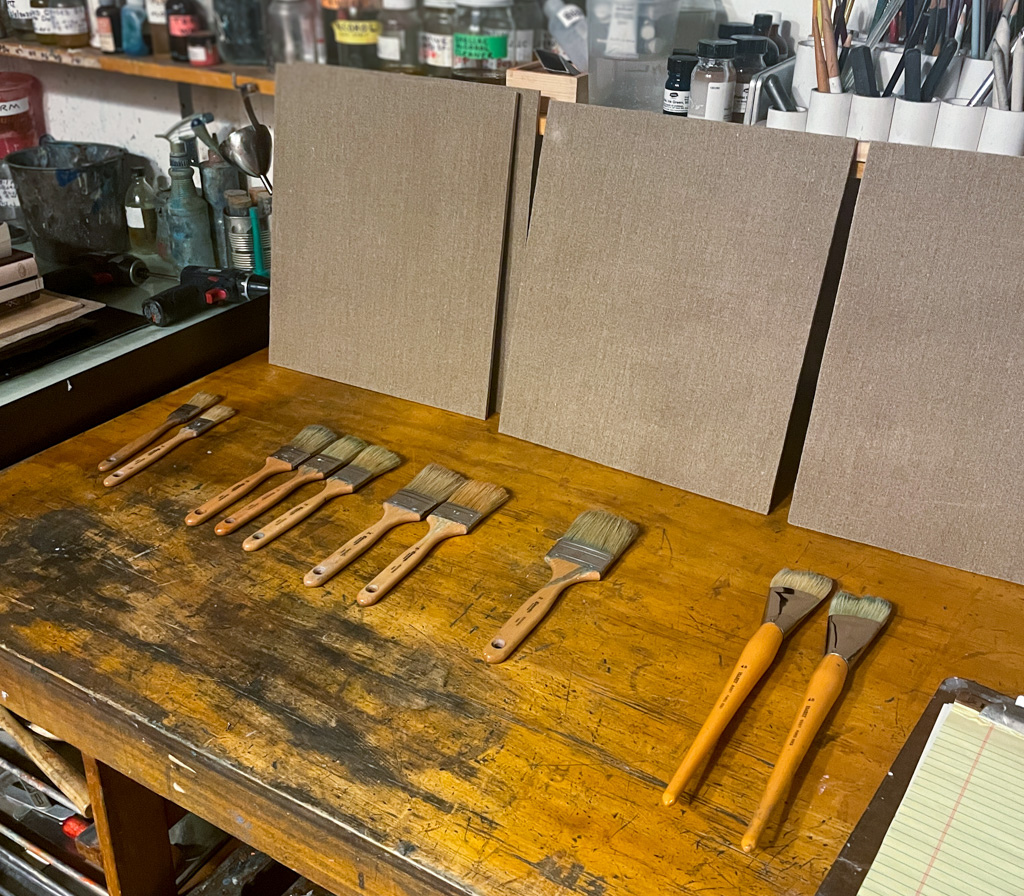
Preparing new series of paintings.
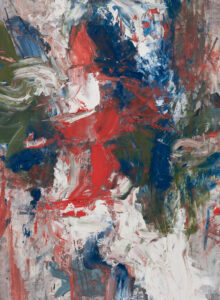
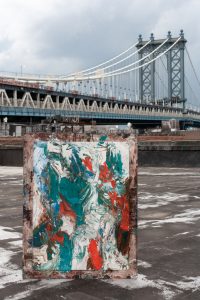
These are recent drawings in which I traced different parts of my hand or arm without looking, hence ‘blind drawings’. However, the first drawing includes an erasure and was not done entirely without looking.
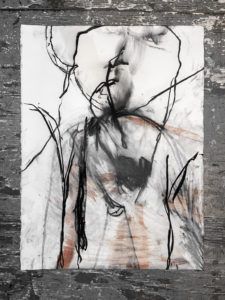

“Writing in order to have no face” or “Writing in order to become other than one is,” from “The Lives of Michel Foucault” by David Macey, could also be interpreted as “drawing in order to have no face, becoming other than one is.”
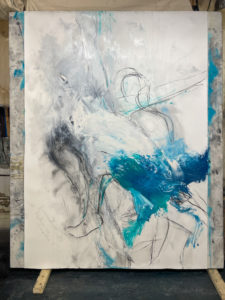
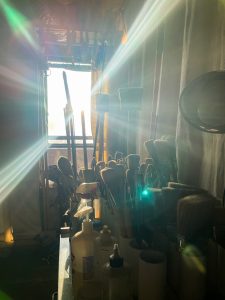

I’m making small, postcard-sized paintings. Sometimes the point is simply to keep working, especially during quieter stretches in the studio.
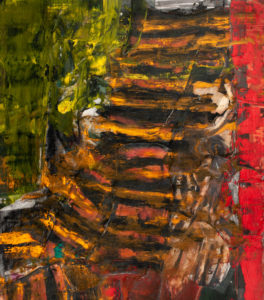
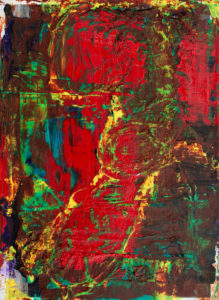
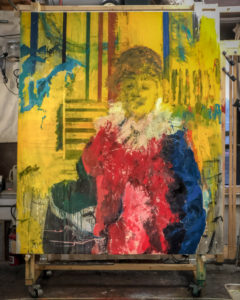
Untitled (after Halloween)
2020
Oil and charcoal on canvas
60 x 72 in.

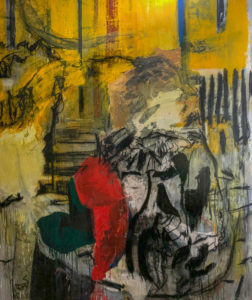
_________________________
© QAYSI. All rights reserved.
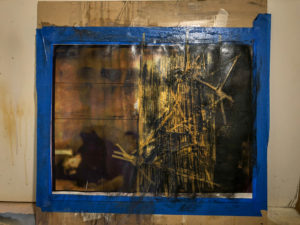
The last of the Misprints series, using thin tape to draw and repair parts of the image where I overdrew with graphite on wet ink, which tore part of the paper.
© QAYSI. All rights reserved.
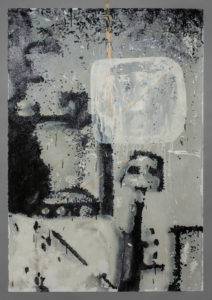
This drawing is part of an ongoing series titled after Baghdad family photo. The photos I’m working with are copies of originals we hastily threw into our suitcases before leaving Baghdad in 1973. A few of the more delicate ones date as far back as 1930.
I’m puzzled by these photos. Even when they depicted events from my own lifetime, I had no actual memory of those specific moments. There’s always been a kind of fantasy or story surrounding each photo—one that had little or no relation to the actual event. An uncomfortable disconnect persisted and only deepened as I tried to untangle the relationship between my memories of the photos and the reality of what happened. All I had was the photo—and whatever story I wanted to impose on it.
I’ve experimented with the photos, taking them through various media to see what might emerge from the process. In this drawing, I scanned and cropped a section of one photo and made four pigmented inkjet prints, which I transferred to paper using acrylic medium. I followed this with random underdrawings in graphite and charcoal, then painted over the surface with acrylic and oil using a projector. That’s the process in a nutshell.
© QAYSI. All rights reserved.

I’ve taken a break from social media since last year, only posting once a week here to share my studio work’s progress. Recently, I’ve been updating my website with WordPress, using a simple template to showcase my work. I’m excited about the drawings and paintings I began last year. My studio focus has shifted from a preoccupation with technology and creatively misusing inkjet printers in my Misprint project to working with traditional materials like oil and acrylic paint, charcoal, shellac, and graphite on paper and canvas. Painting again is a joy—blending digital techniques with traditional painting in new ways.
© QAYSI. All rights reserved.
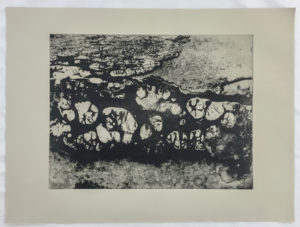
Source images are from Misprints documentation, tagged as #misprintstate, previously existing solely as digital photos. I’m able to transform these into physical prints through copper plates, film, acid baths, and diverse inking techniques, thus recycling the Misprints states through printmaking.


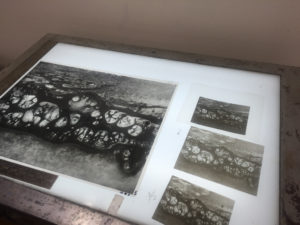
© QAYSI. All rights reserved.
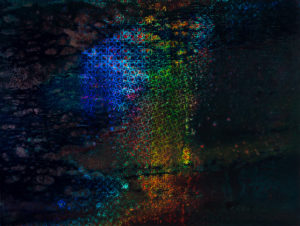
For the past two months, I’ve developed several Misprints, pushing the process to its limits and often destroying the print. Now, I only have photo documentation of the process, labeled #misprintstate. Additionally, using a modified inkjet printer on a geared flatbed enables multiple passes on the same aluminum plate with the same source photograph, resulting in much darker prints. The aluminum plate also allows for sanding down and reworking various parts of the surface for the final print.
© QAYSI. All rights reserved.
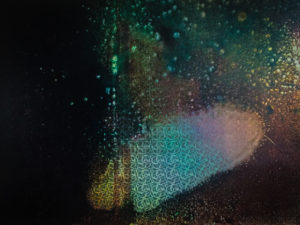
Source image: Mosul, Iraq. February 26, 2014.
I’ve added “state” to the title of certain misprints to document their various stages. This term, borrowed from traditional printmaking, indicates a specific stage of the plate. Another concept I’ve introduced into my process is “matrix,” which traditionally refers to the substrate—like a plate or woodblock—in printmaking that yields multiple prints. In the Misprints project, this concept is nuanced and inverted: the inkjet printer, typically used for producing identical prints, is altered to create a unique monoprint.
© QAYSI. All rights reserved.

I’ve sanded down and reworked this Misprint state. The use of 1/4-inch aluminum plates has introduced new challenges, making it difficult to predict the final print’s appearance. However, this uncertainty, especially with the modified inkjet printer, adds an intriguing and unpredictable element to the process.
© QAYSI. All rights reserved.
Misprints: An Interview with Paul Qaysi – Jadaliyya
November 1, 2015
by Dena Al-Adeeb
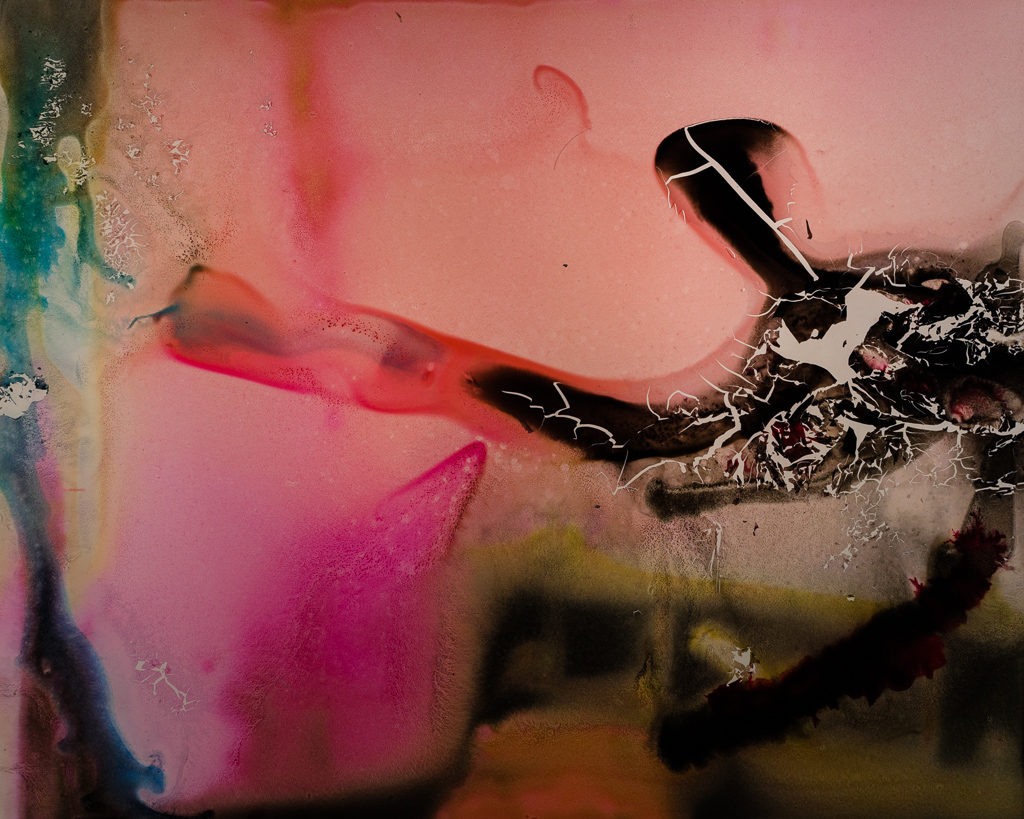
© QAYSI. All rights reserved.